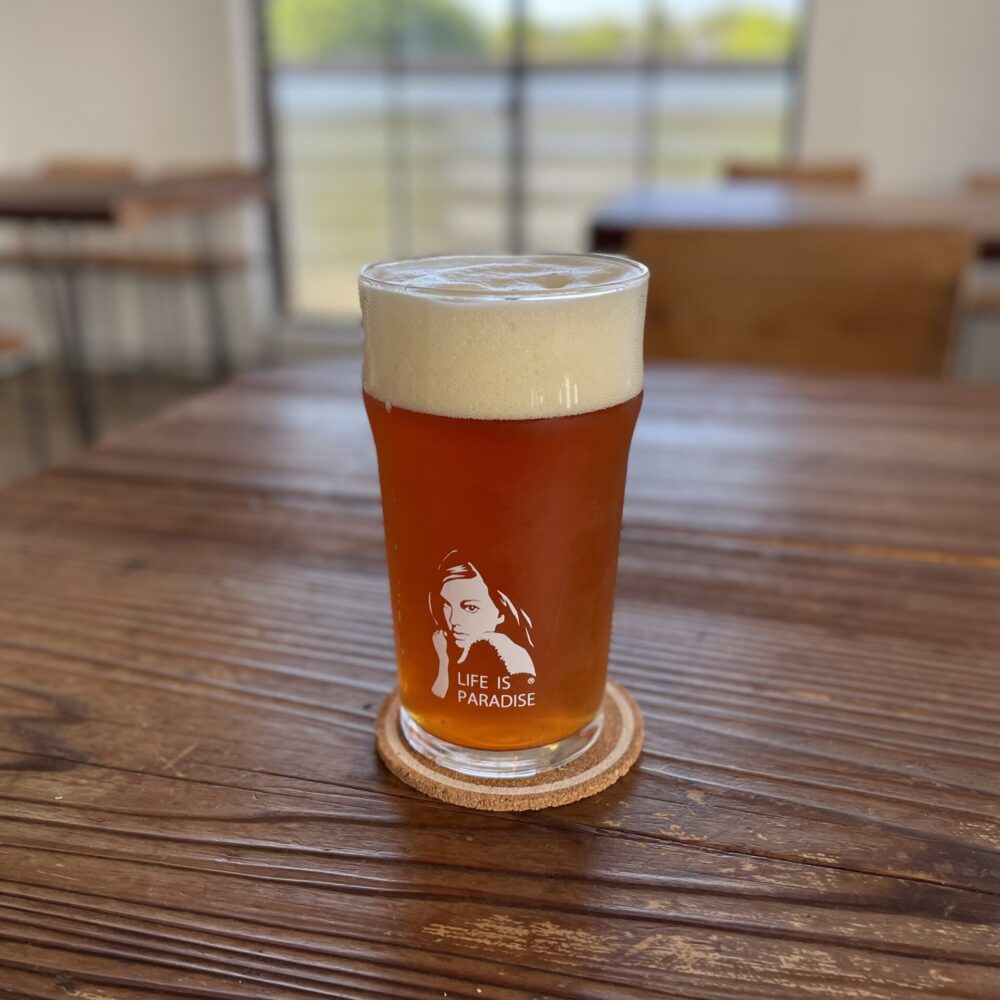Local trains in Ibaraki Prefecture (Kashima Rinkai Tetsudo) (1)
Table of contents
1: Naritasan Shinshoji Temple
2: Katori Jingu Shrine
3: Kashima Jingu Shrine
4: Kashima Rinkai Tetsudo
5: Hitachi Station, Mito Station
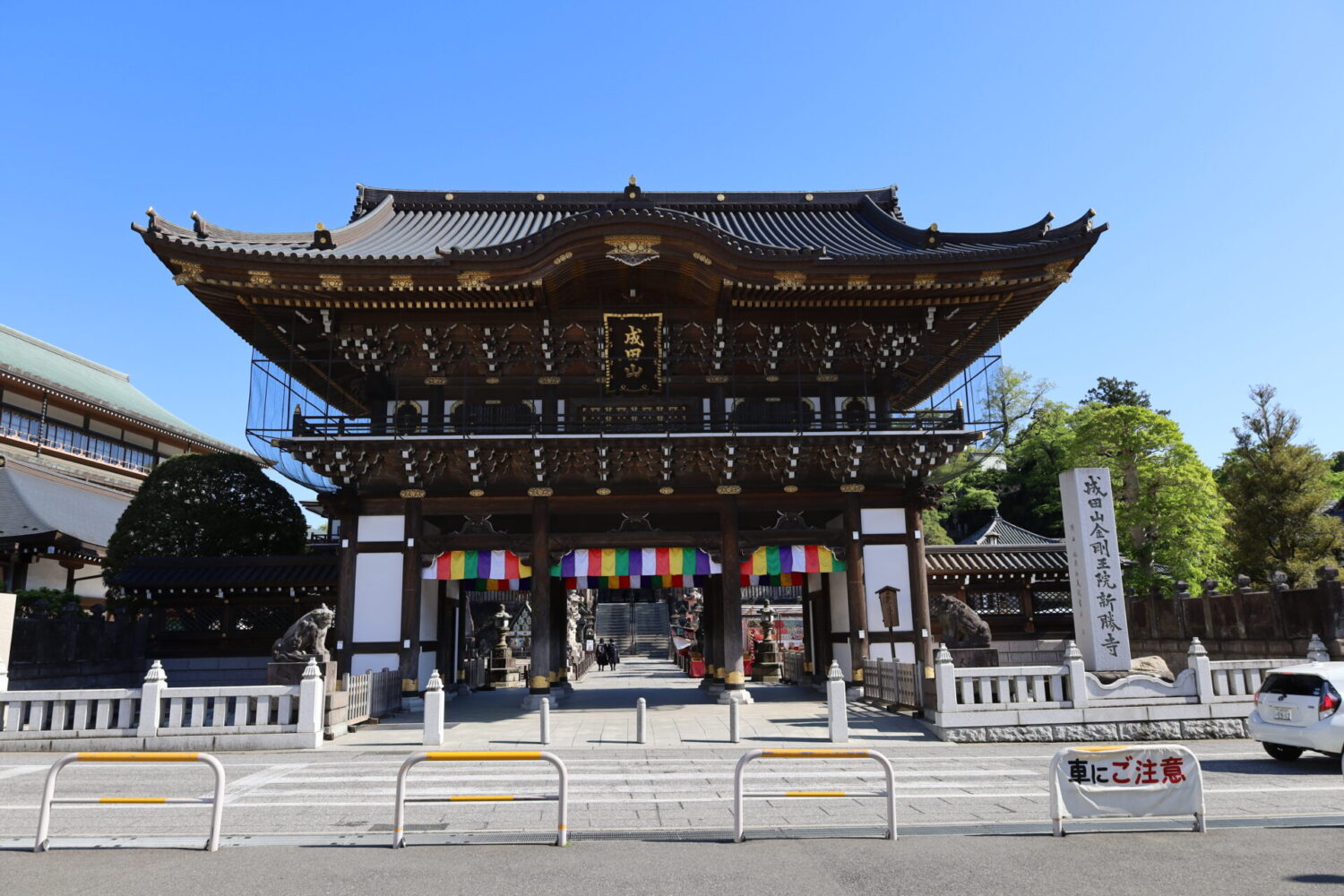
1: Naritasan Shinshoji Temple
I visited shrines and temples in Chiba and Ibaraki prefectures in late April. I took the Kashima Rinkai Railway to Hitachi Station. If you leave Tokyo early in the morning, a day trip is well worth the effort.

First, I went to Naritasan Shinshoji Temple. Naritasan Shinshoji Temple is popular with foreign tourists because of its proximity to Narita Airport. I saw several foreign tourists on the day I visited.
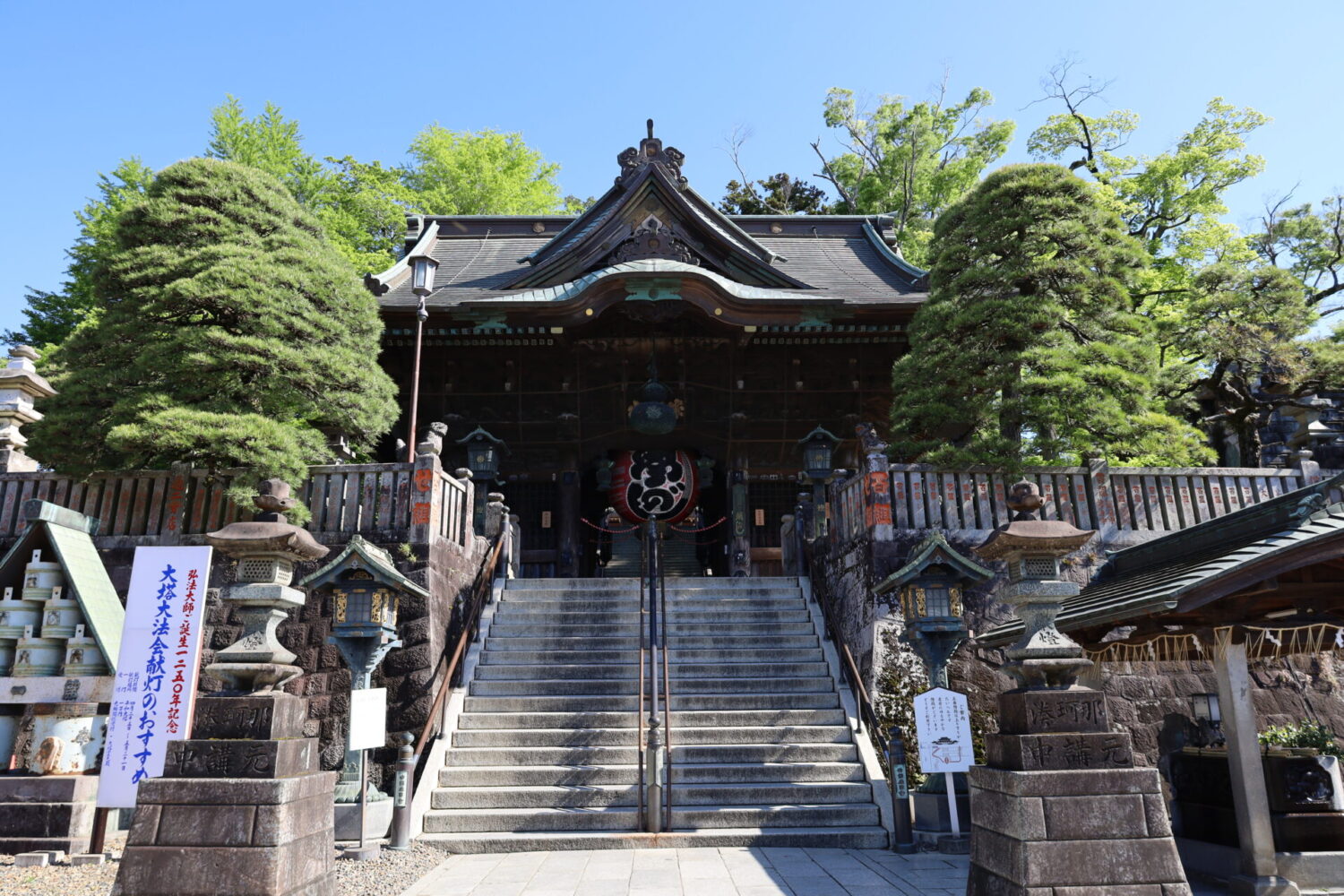
Shinshoji Temple boasts many worshippers, with the number of Hatsumode visitors ranking second in Japan after Meiji Jingu Shrine. However, when I visited early in the morning (after 8 am), there were hardly any worshippers, and I could see the temple at leisure.
The precincts of Shinshoji Temple are extensive and vary in height. The temple has a theme park atmosphere due to the various monasteries. I could understand why it attracts so many worshippers, including foreign tourists. The temple grounds are accessible to visitors in wheelchairs, as lifts are installed throughout the temple grounds to take account of the differences in height.
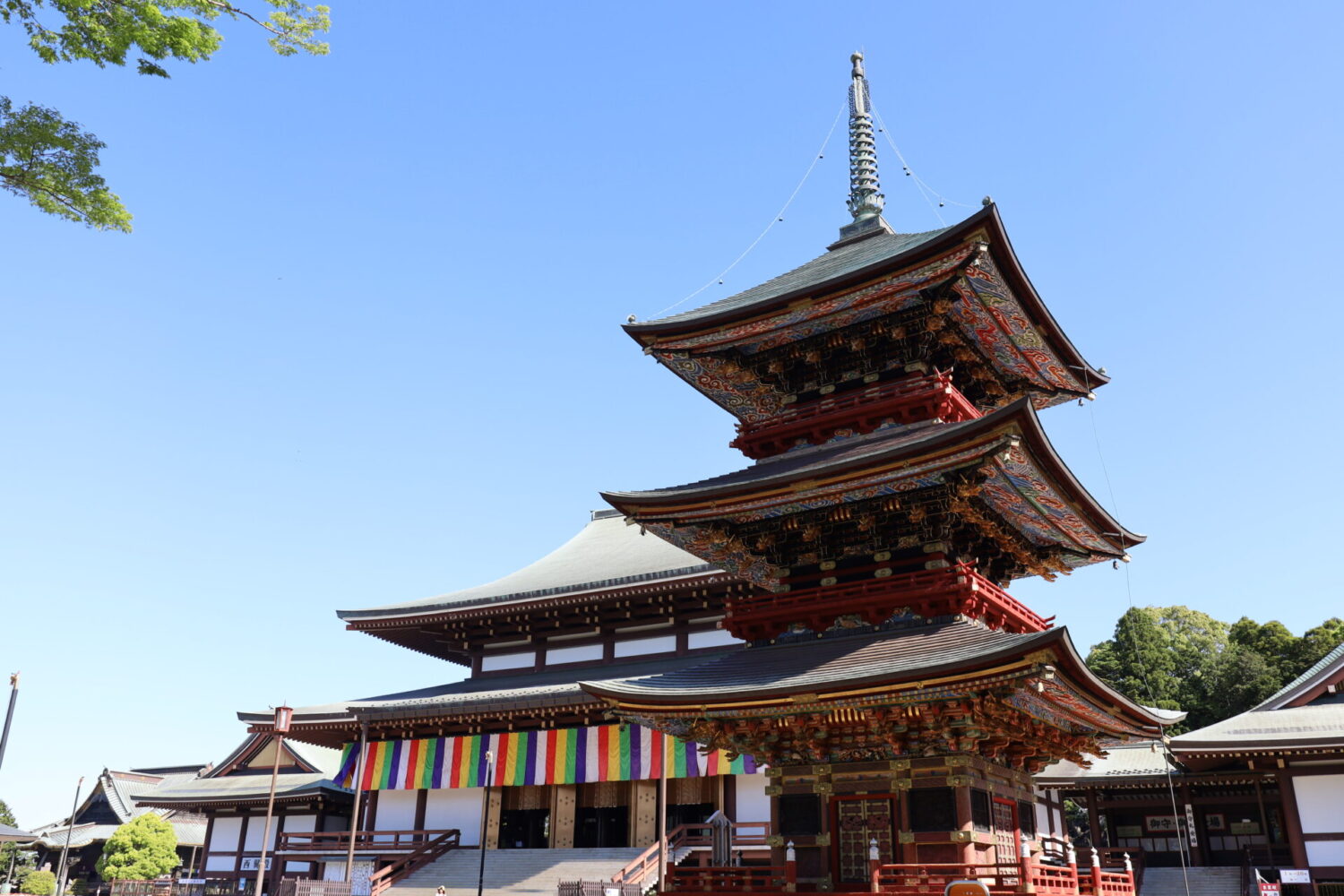

Niomon Gate, the three-story pagoda, Shaka-do, Gaku-do, and Komyo-do are designated as national important cultural properties.
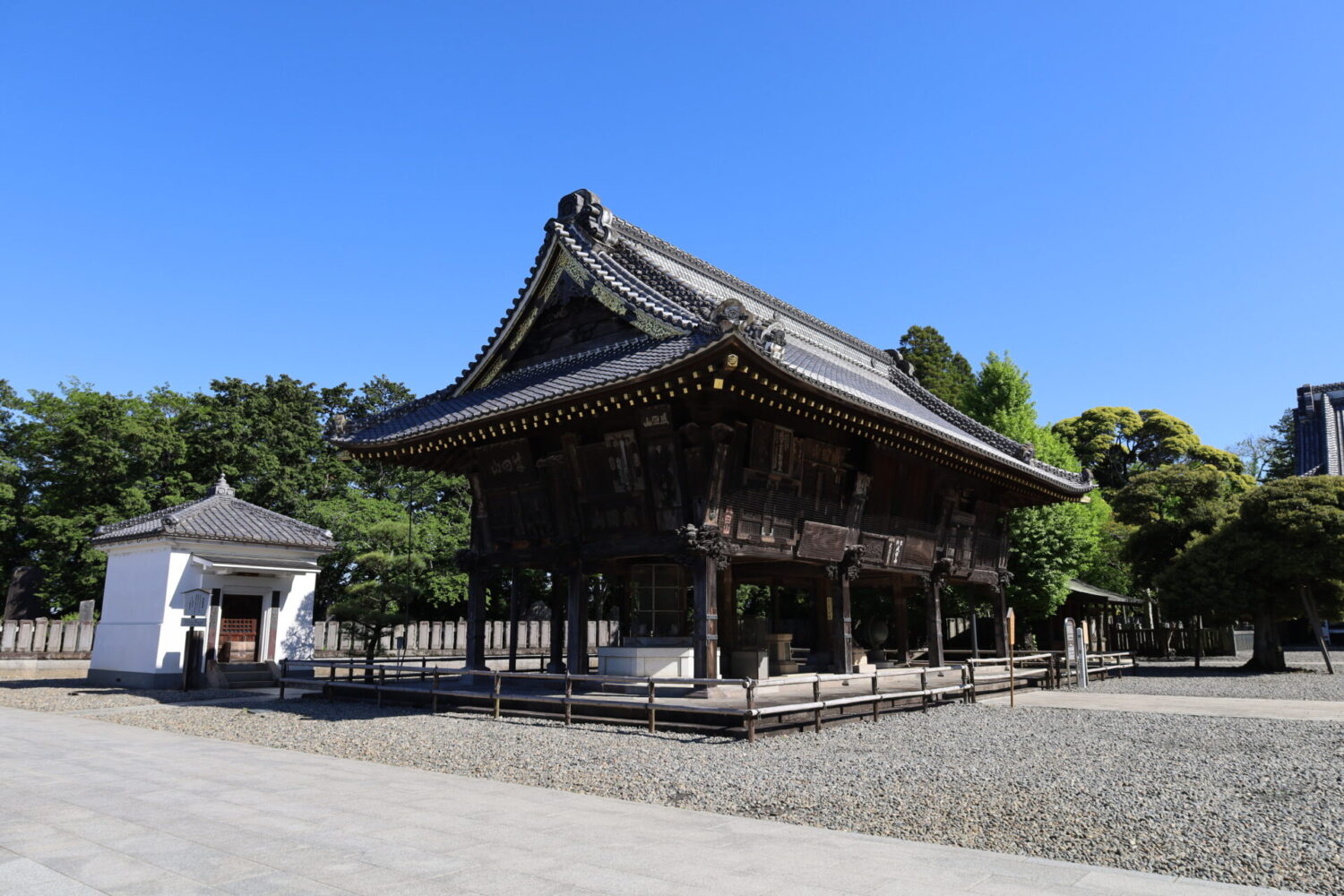

2: Katori Jingu Shrine
After Shinshoji Temple, we went to Katori Jingu Shrine. The nearest railway station to Katori Jingu is JR Katori Station. There are only a few services, almost one per hour, and there is a bus service from Sawara Station, so if you prefer to avoid walking, it is better to use the bus. Katori Station is uncrewed, and it takes nearly 30 minutes (approx. 2 km) on foot to reach Katori Jingu Shrine.
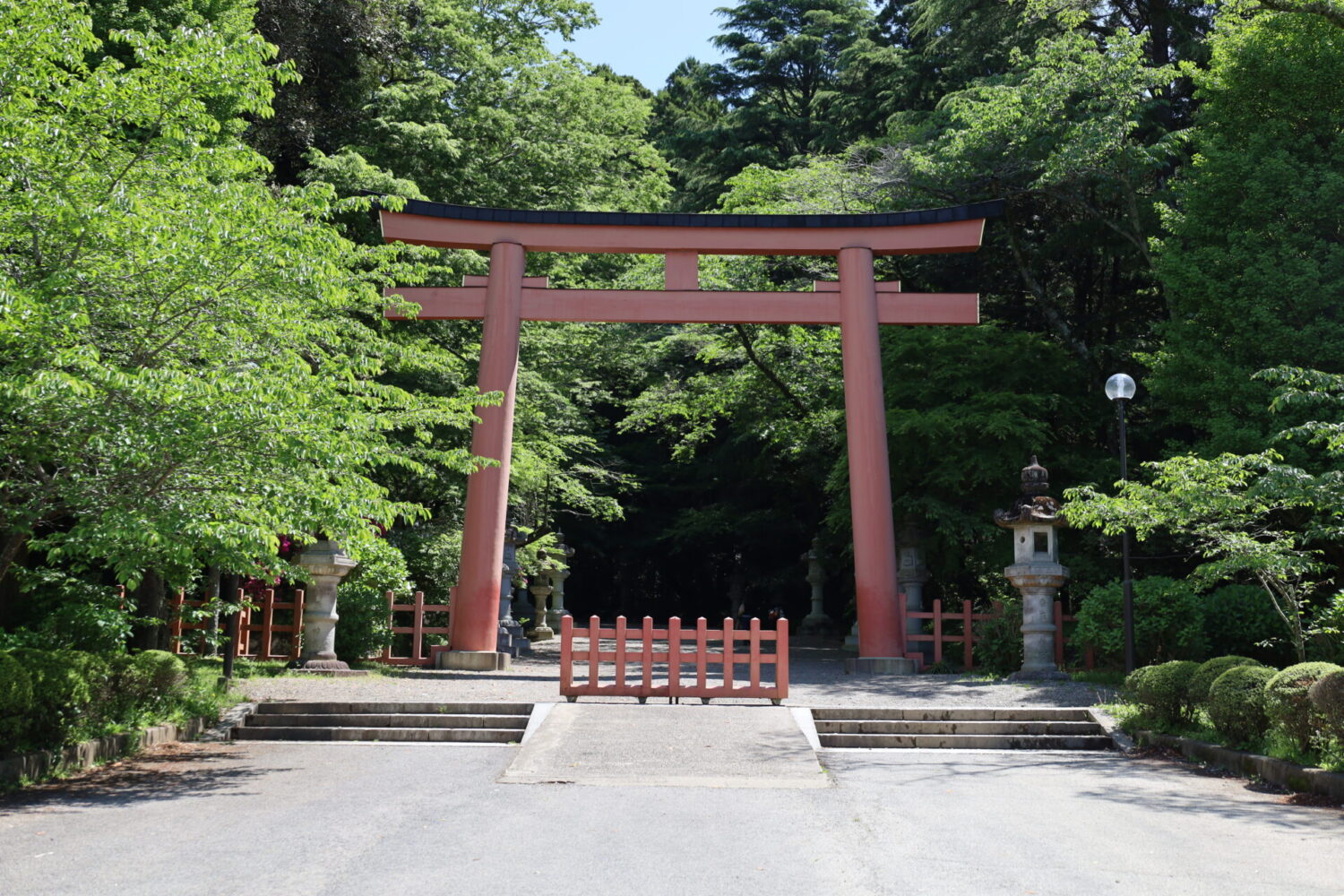
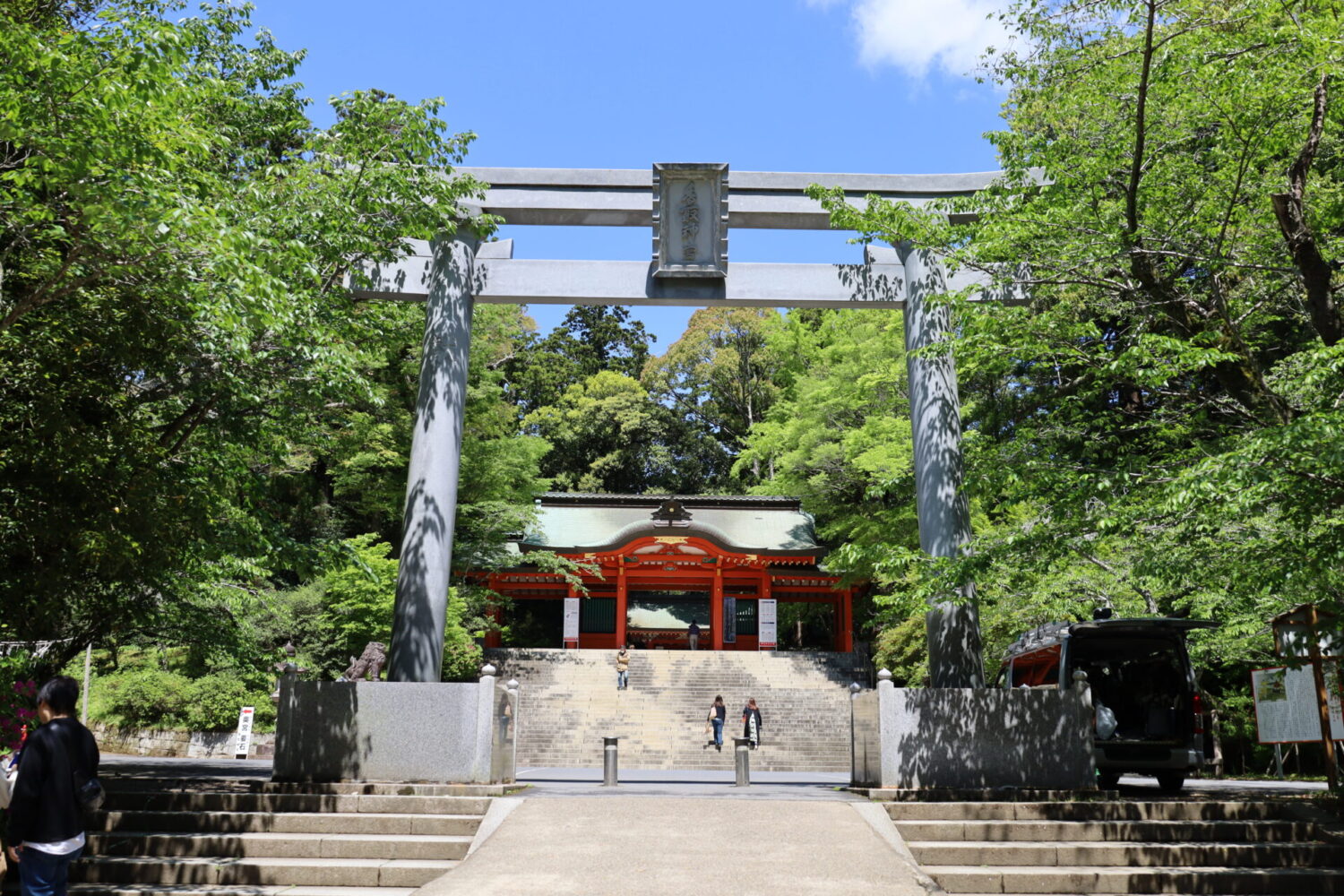
The deity of Katori Jingu is Futsunushi no Okami. Takemikazuchi no Okami is the deity of the Kashima Jingu Shrine, and Amaterasu Ookami is the deity of the Inner Shrine of Ise Jingu Shrine. For this reason, from the Nara period until the Edo period, only the Ise, Katori, and Kashima Jingu shrines bore the title of ‘Jingu.’ With Takemikazuchi no Okami, he was sent to Izumo by Amaterasu Okami to pacify Japan (negotiate the handover of the country from Okuninushi no Nushi). Katori-kami refers to Futsunushi no Okami.
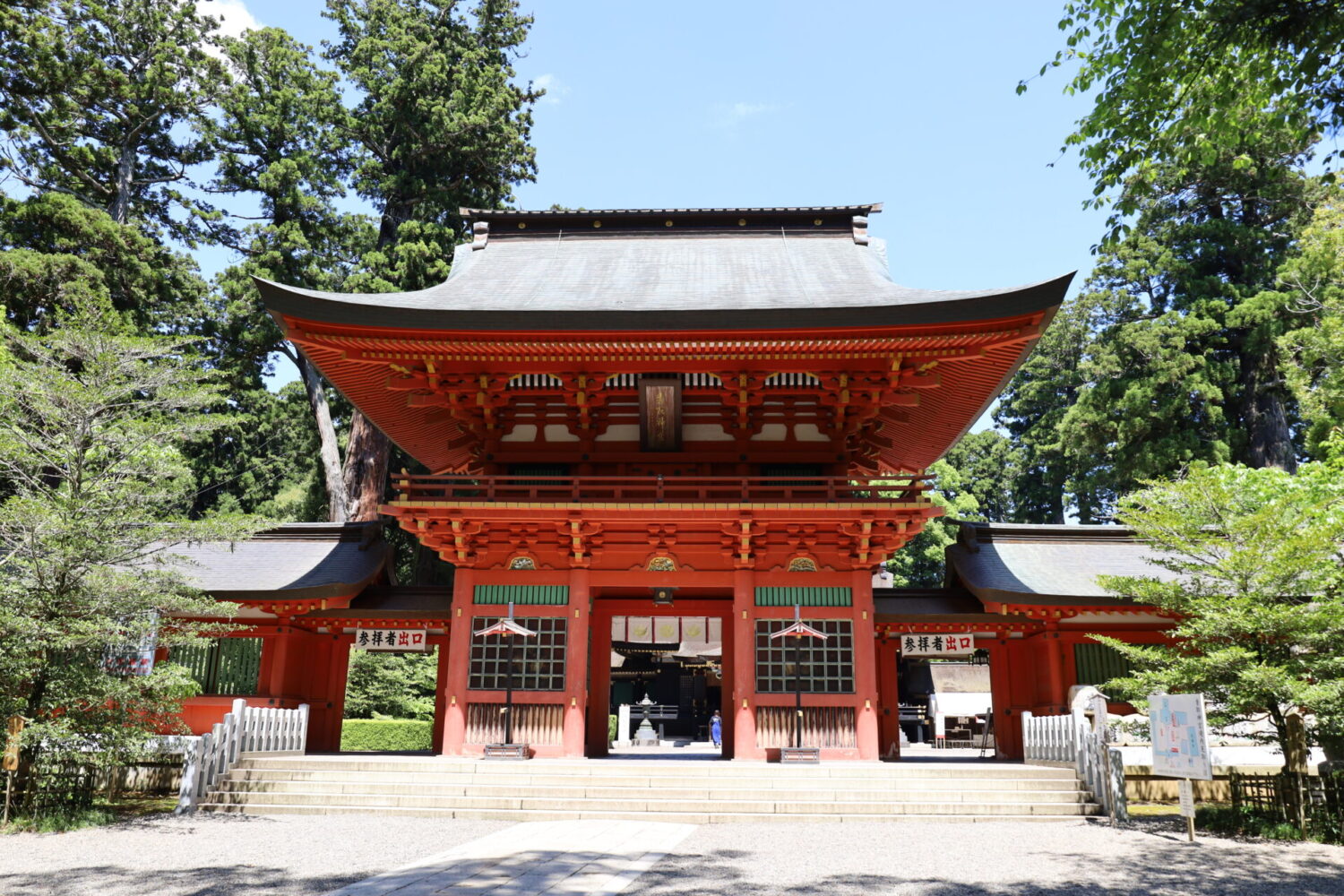
Although the Katori Jingu Shrine has a long history and is highly prestigious, there were few worshippers on the day I visited, perhaps because of the inconvenient accessibility.
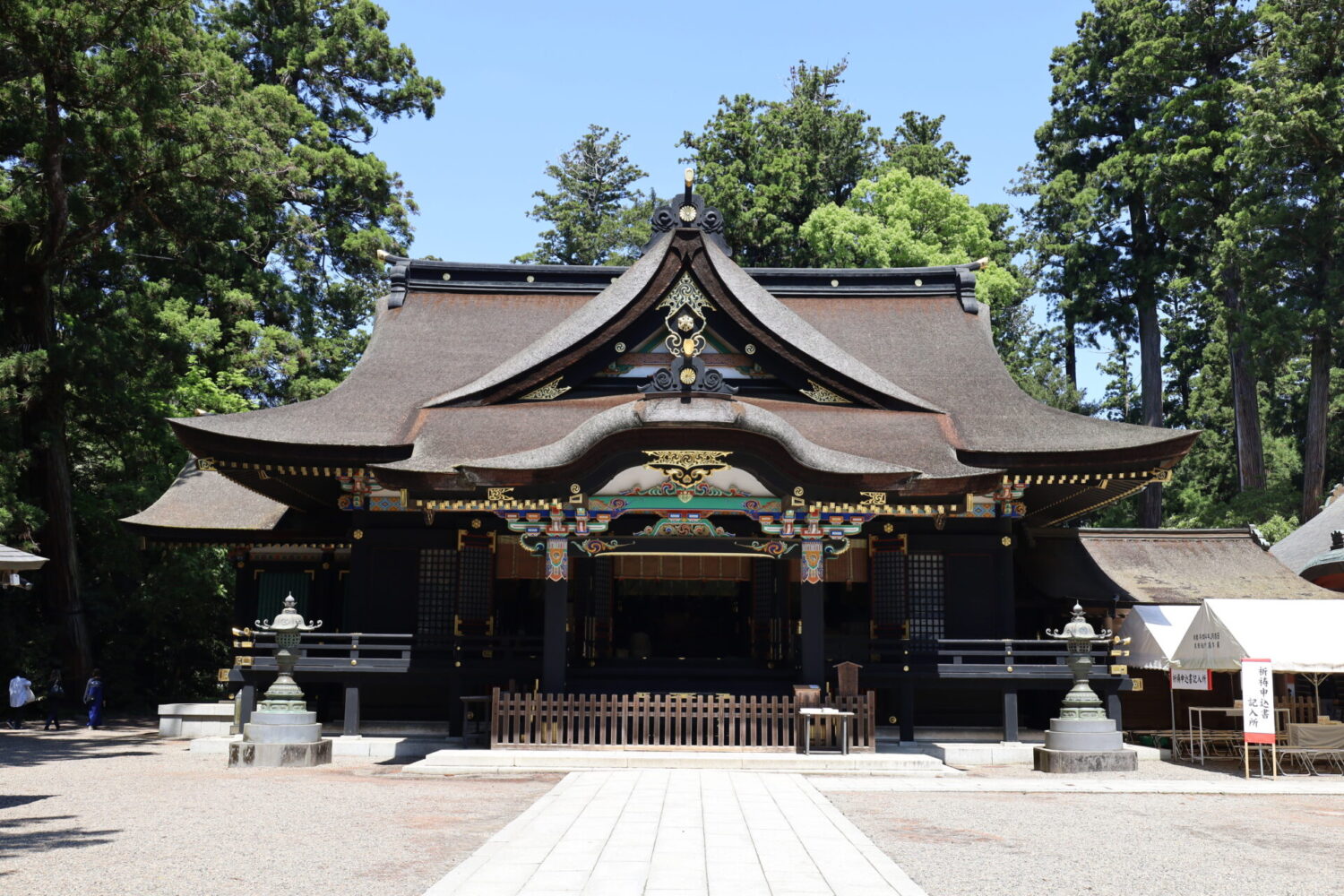
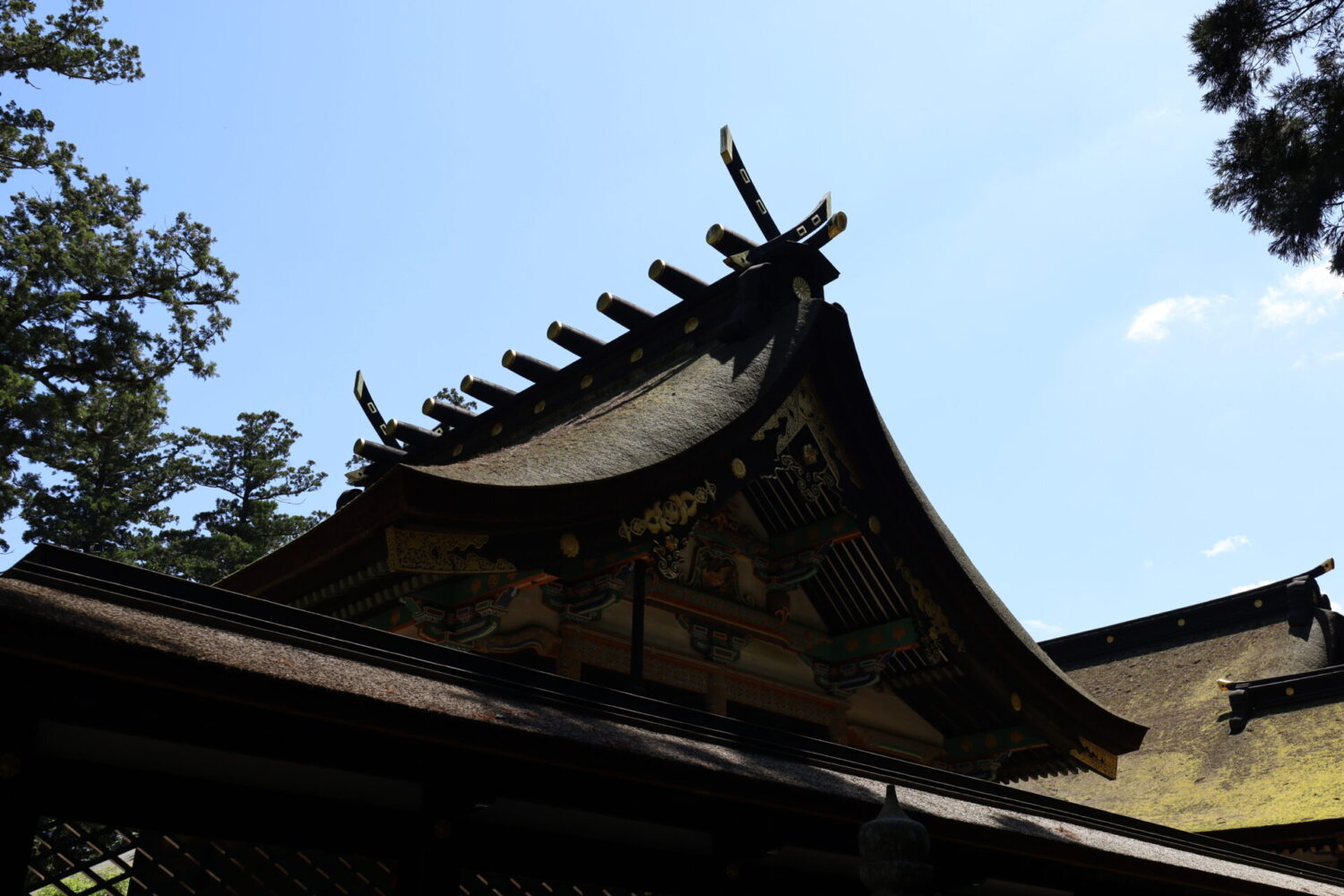
When heading to Katori Jingu from Katori Station, the first building in the precincts of Katori Jingu is the Oku-no-Omiya. The Oku-no-Omiya shrine was built using old timber from the Ise Jingu relocation and had a solemn atmosphere, retaining an atmosphere of nature worship.
The main shrine and the tower gate of Katori Jingu are designated as national important cultural properties. In contrast, the worship hall is designated as a national tangible cultural property.
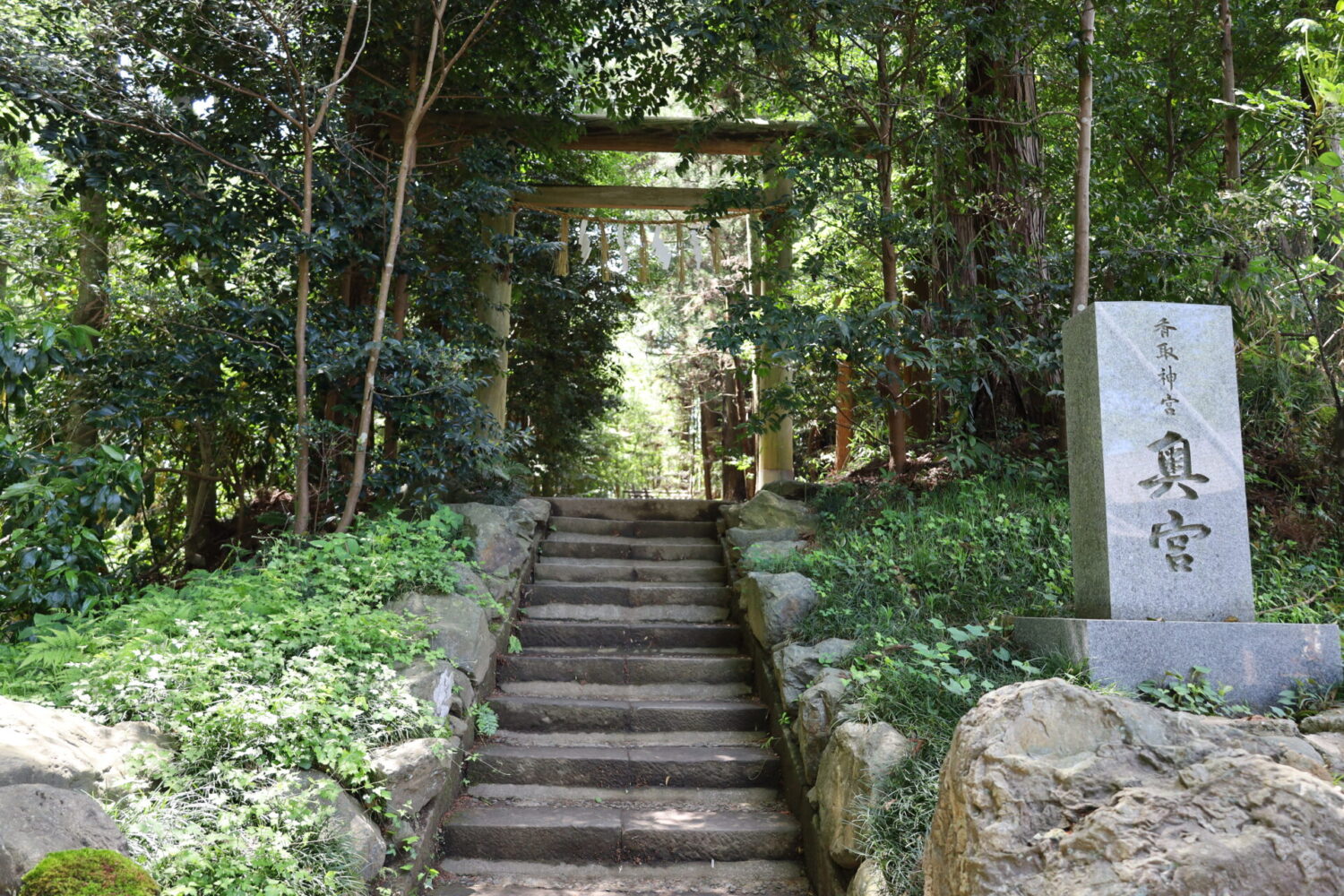
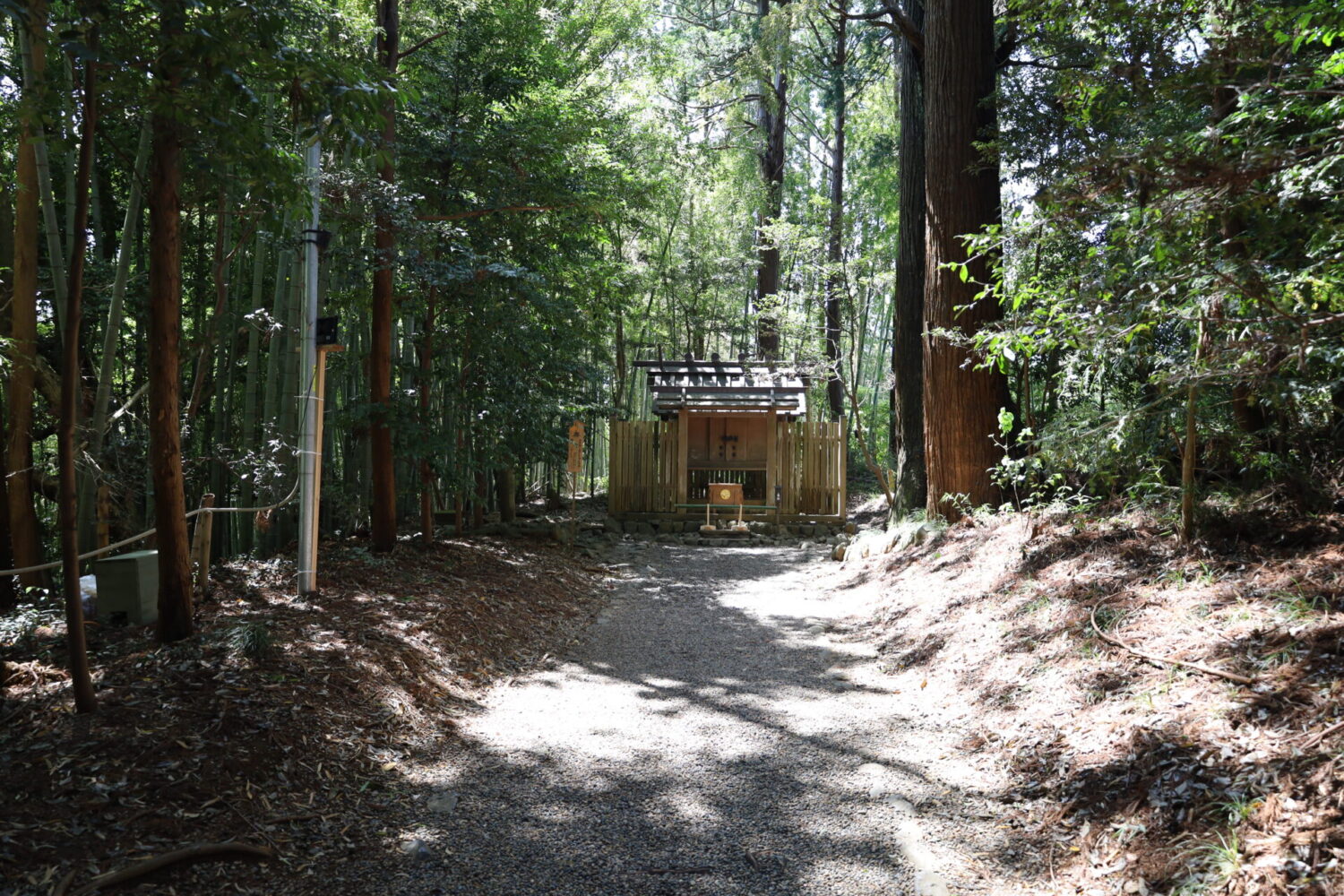
From Katori Jingu Shrine, I took a bus to Sawara Station, saw a bit of Suigo (riverside district), which still retains its Edo period atmosphere, and then headed to Kashima Jingu. It takes just over 20 minutes by train from Sawara Station to Kashima Jingu Station.
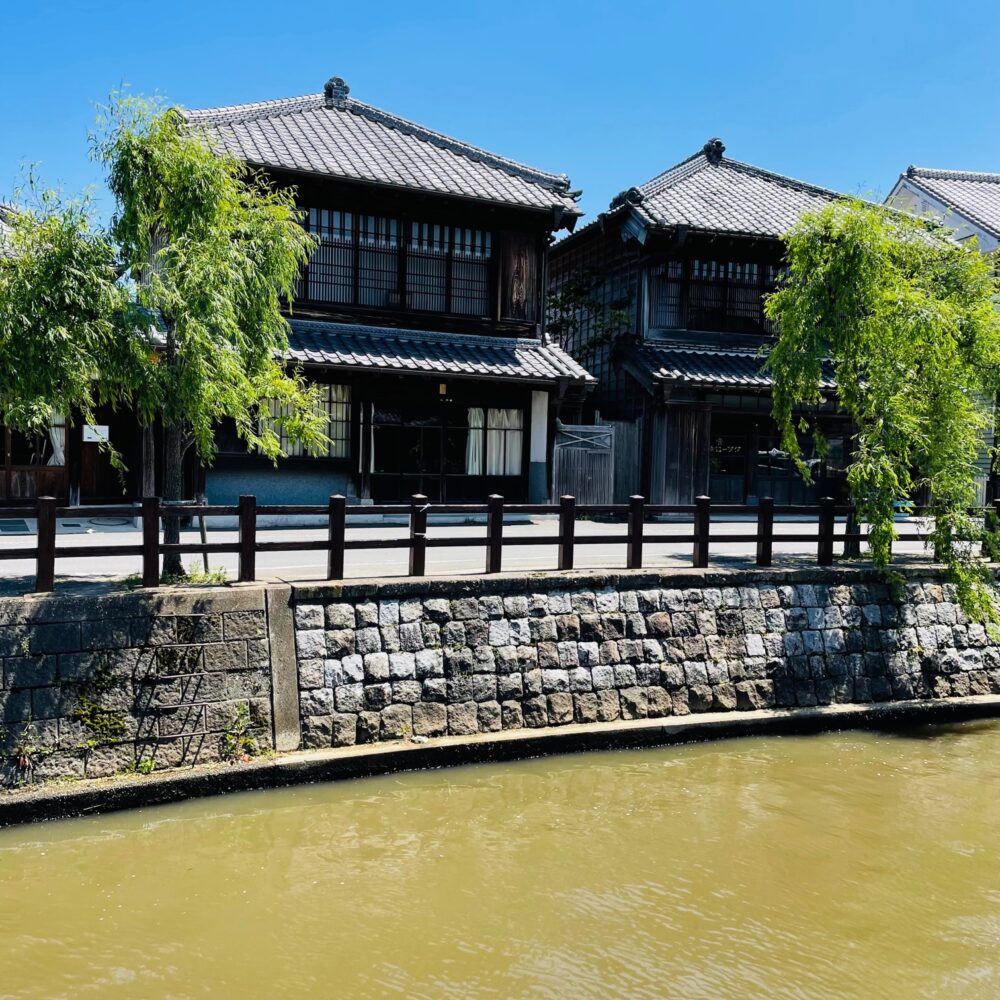
3: Kashima Jingu Shrine
Kashima Jingu Shrine is only a 10-minute walk from Kashima Jingu Station. The precincts of Kashima Jingu are vast, covering an area of approximately 70 hectares (15 Tokyo Domes), and are designated as a national historic site as the ‘Kashima Jingu Precincts Tsuketari-guuke Ruins.’ The native trees growing in the shrine’s precincts are designated as a natural monument by Ibaraki Prefecture as the ‘Kashima Jingu Jusou.’
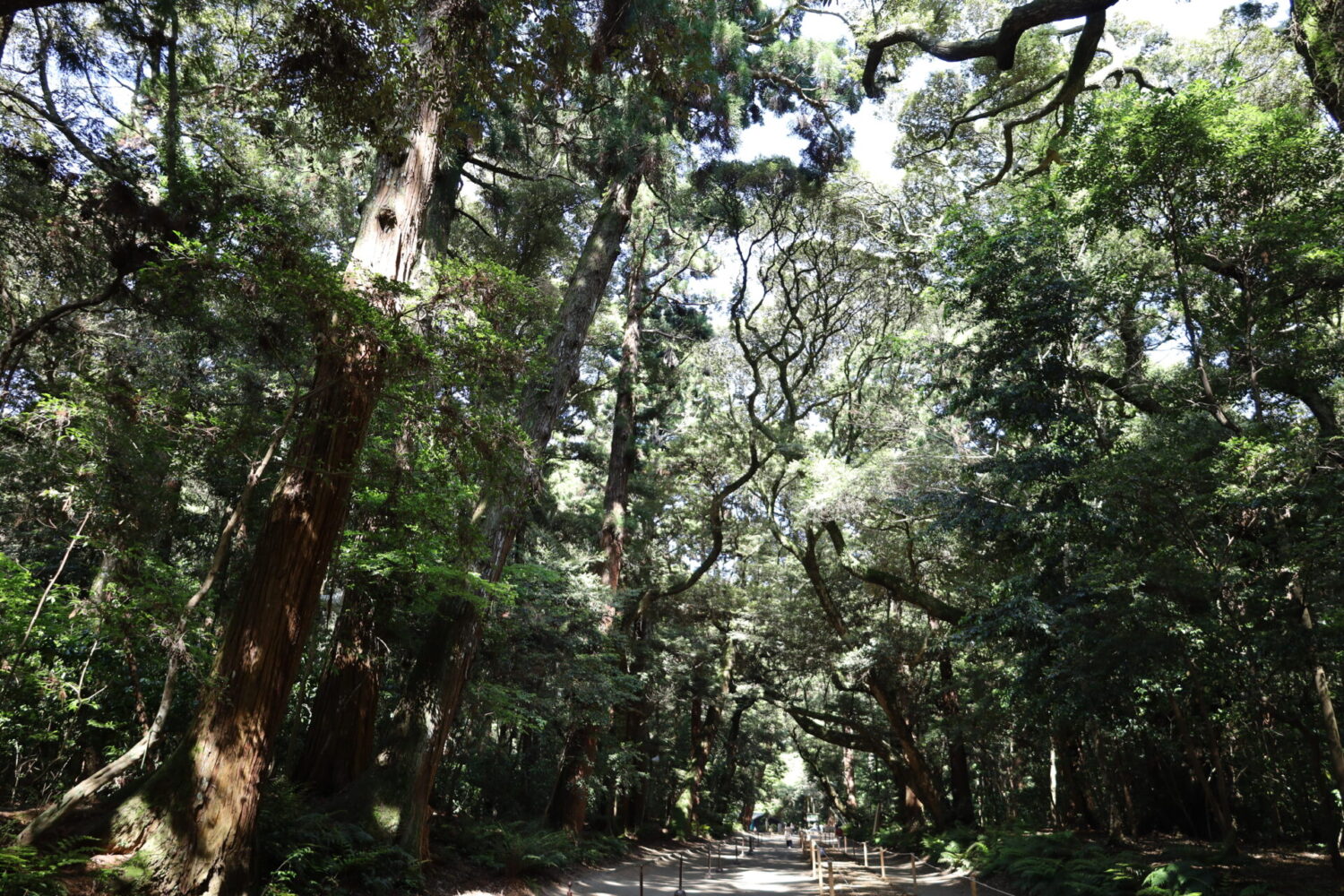
The Kashima Jingu Shrine’s hall of worship, hall of offerings, Ishinoma (stone room), main hall, tower gate, temporary hall, and Oku no miya main hall are designated as national important cultural properties. The tower gate is considered one of Japan’s ‘Three Great tower gates. The Oku no miya Main Hall (the former main hall of the Kashima Jingu Shrine, donated by Tokugawa Ieyasu in 1605 in thanks for his victory in the Battle of Sekigahara) is a simple structure made entirely of white wood. It is the oldest building on the grounds of the shrine. The hall of worship and the hall of offerings are undergoing renovation.
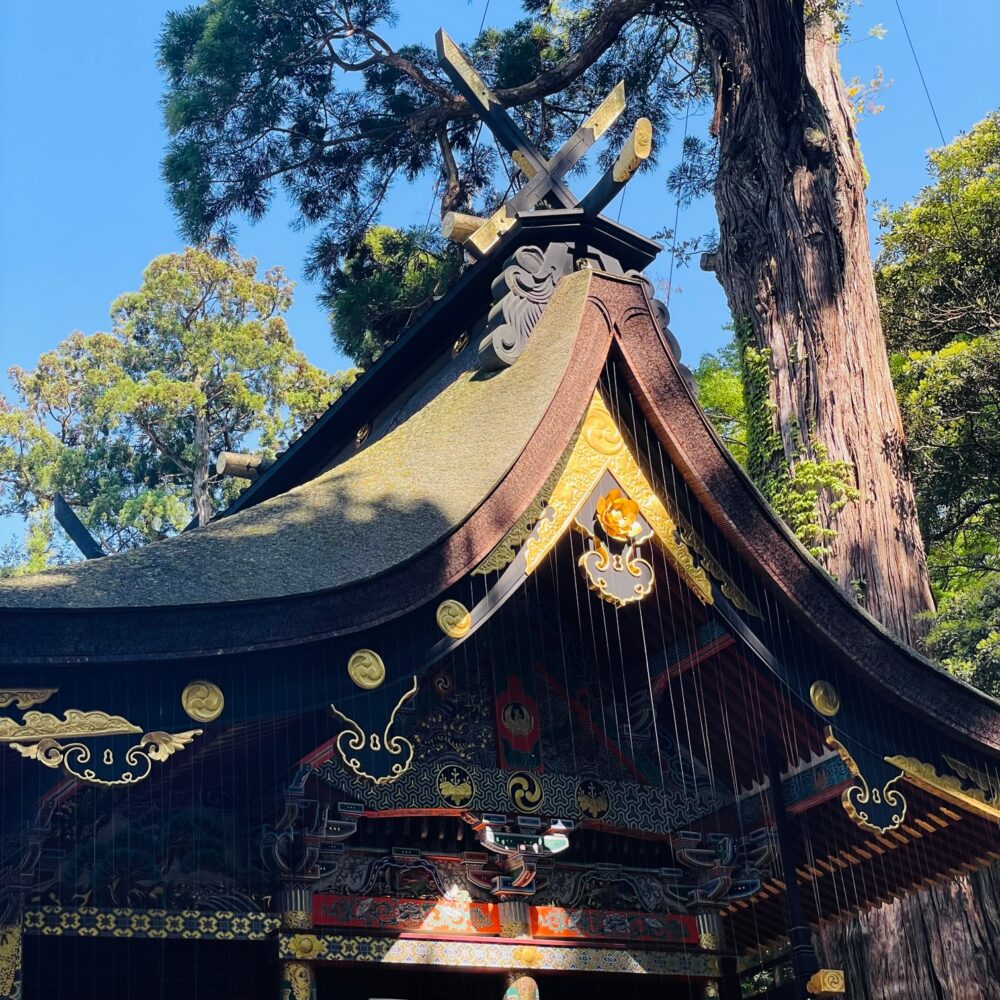
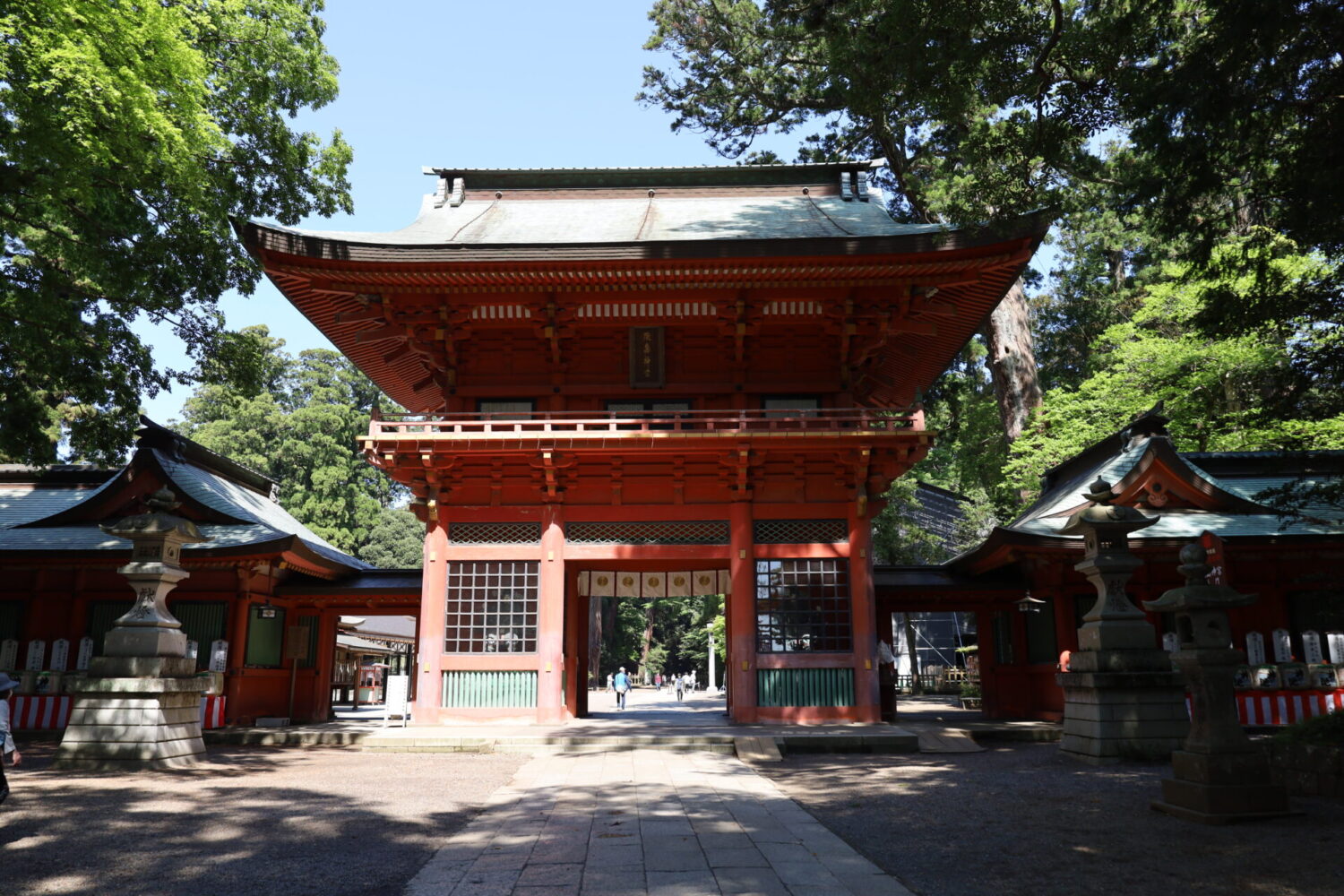
There is a deer park on the precincts, where Japanese deer are kept as messengers of the gods.
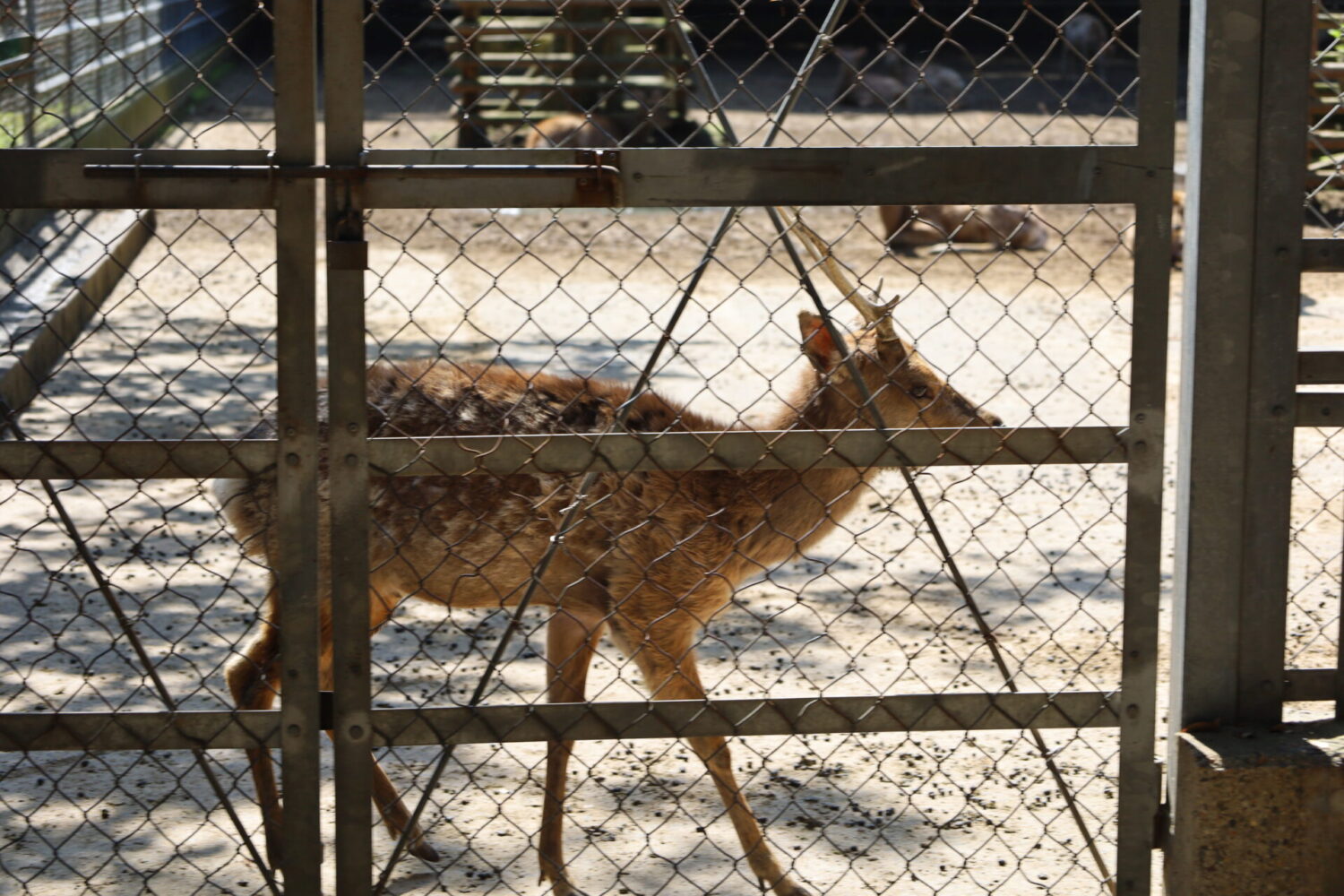
I wanted to eat seasonal Kashima Sea hard clam for lunch that day. Still, none of the restaurants in the Kashima Shrine area offered them. So I went to Suzusho, a long-established restaurant, for catfish and seasonal sardine dishes, which are specialties of Ibaraki Prefecture. The catfish dishes were served in various ways, including sashimi, tempura, and teriyaki (teriyaki stew), which I enjoyed. The catfish dishes had no odor at all and were very tasty.
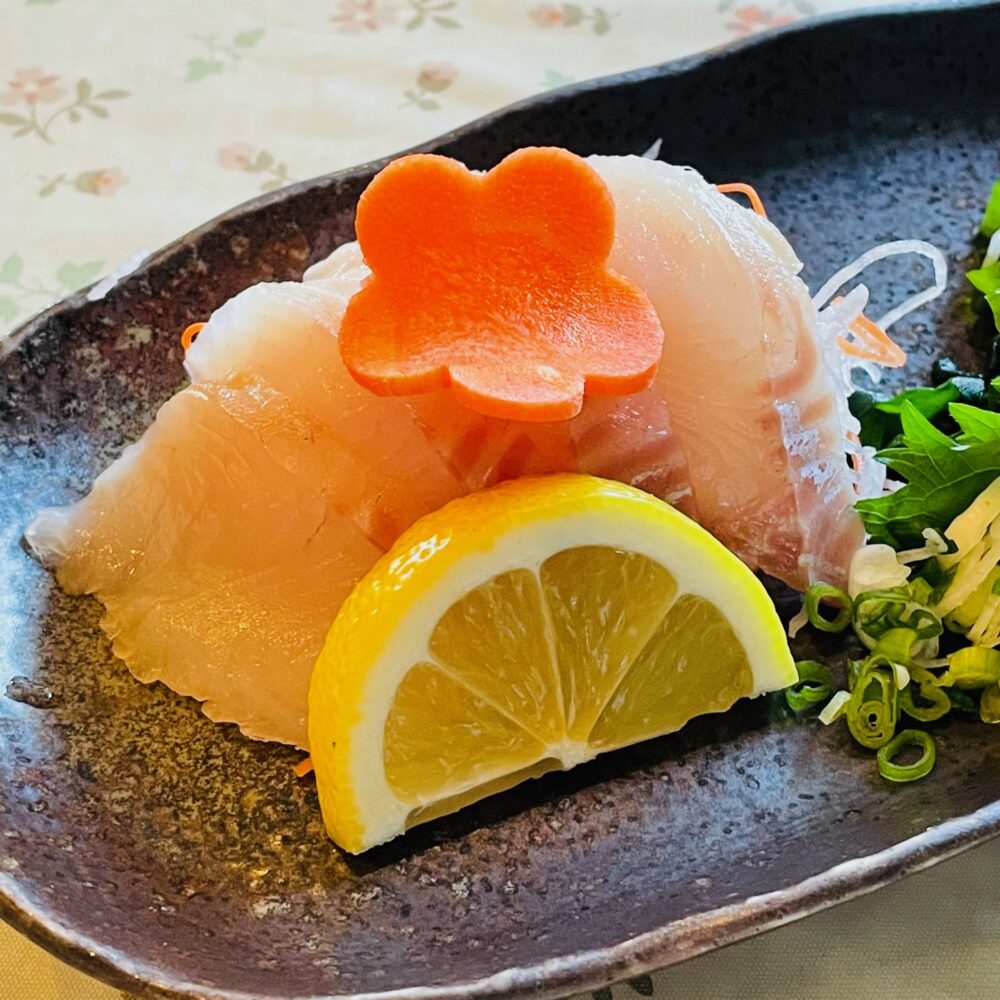
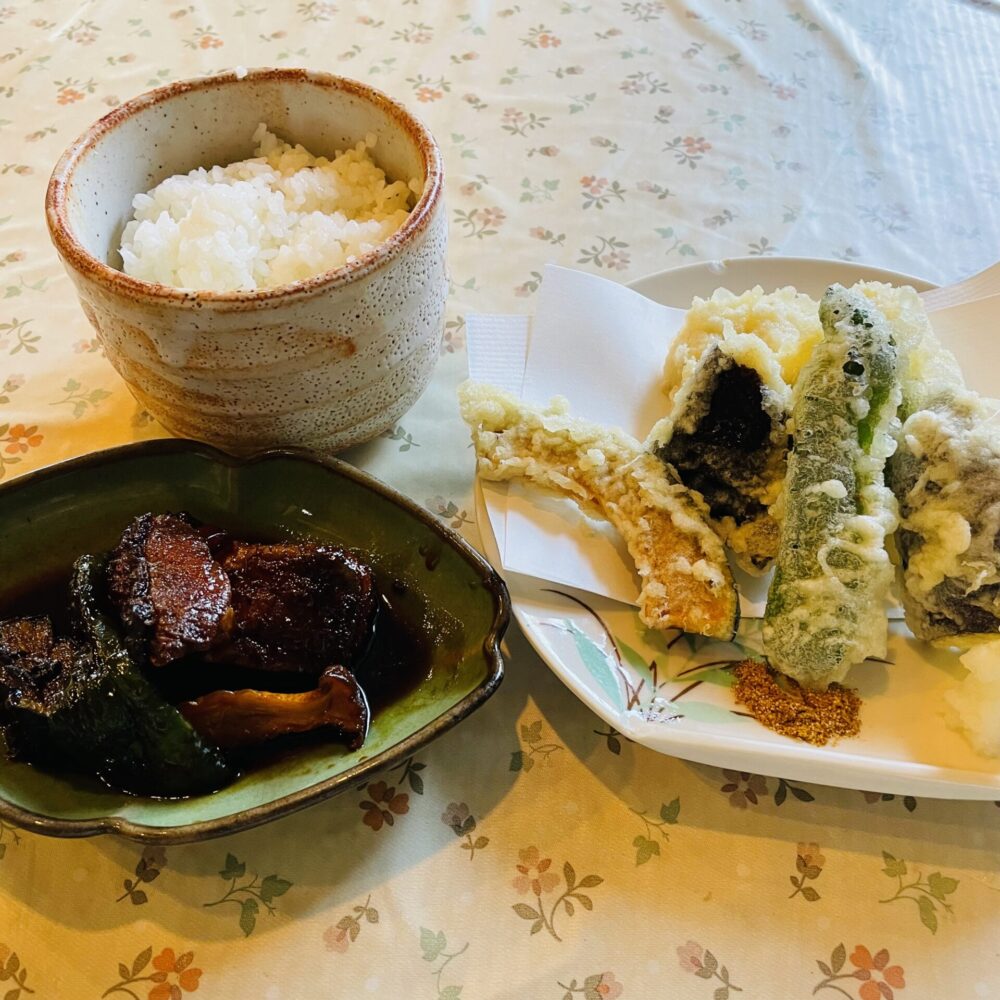
At Paradise Beer Factory, located along the approach to Kashima Shrine, we had craft beer made from home-grown beer wheat. They grow it without using any fertilizers, compost, or pesticides.
